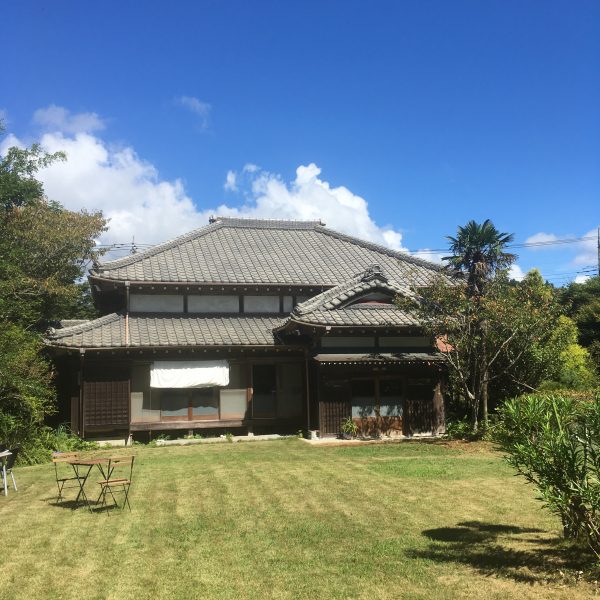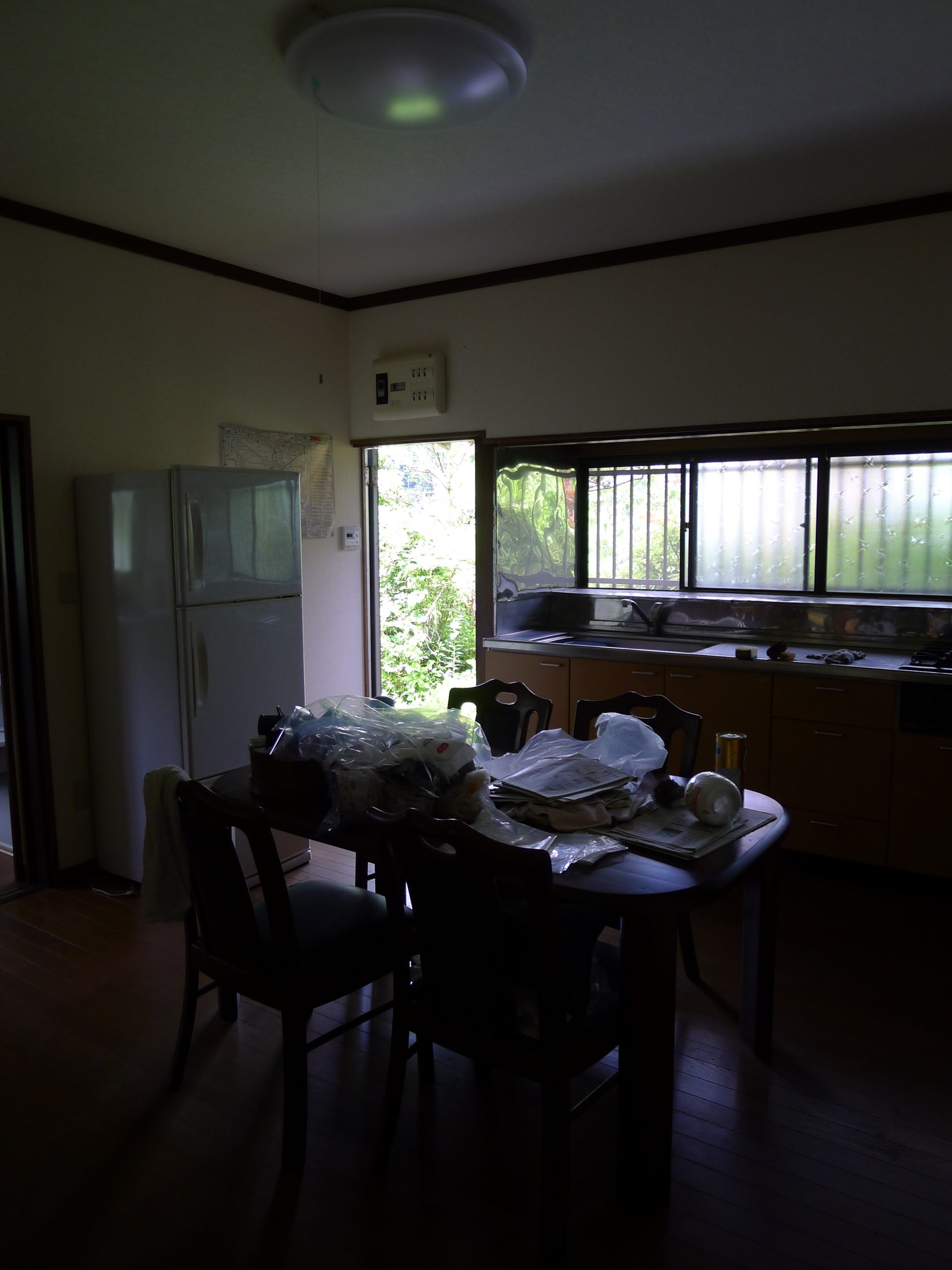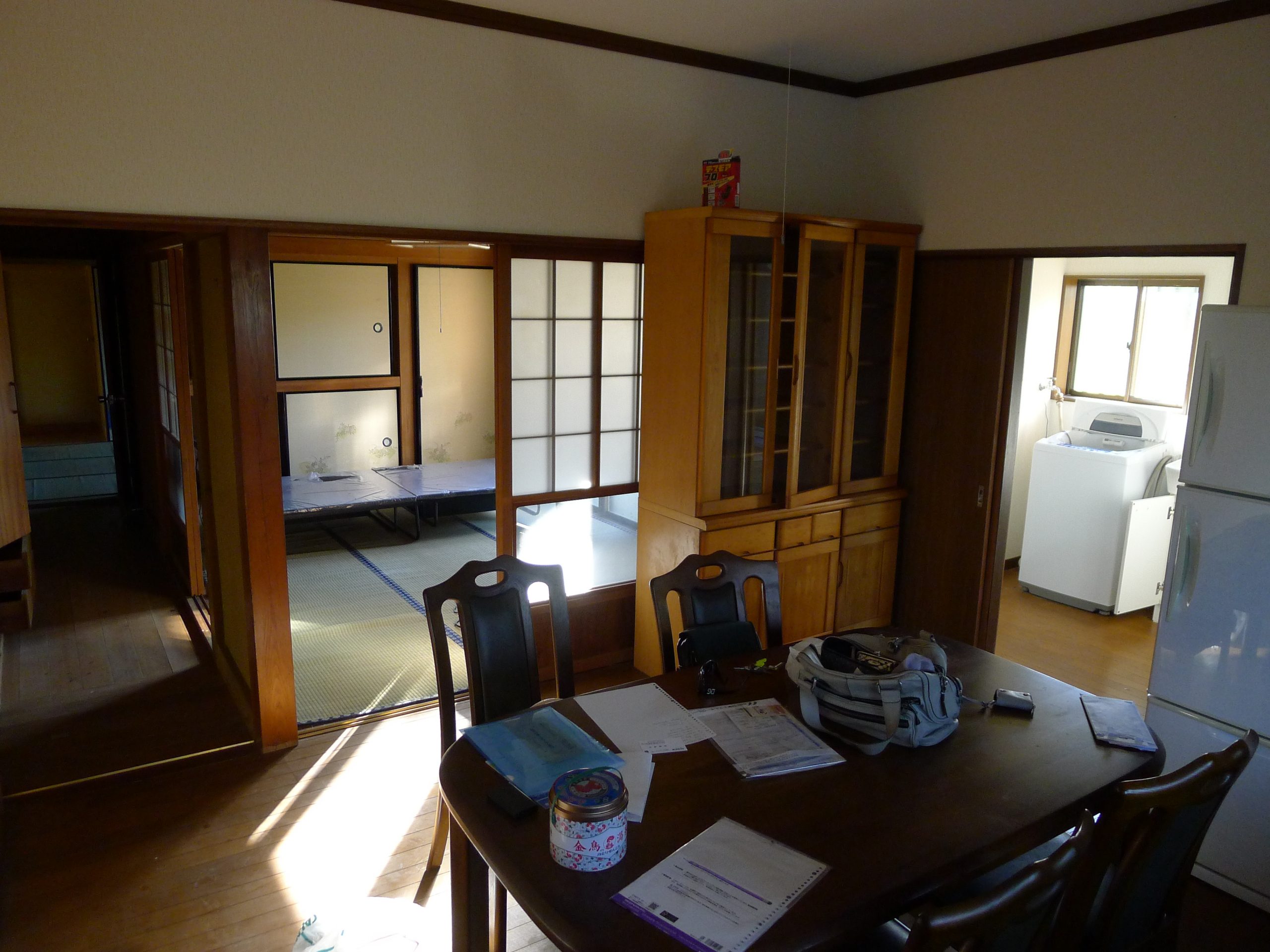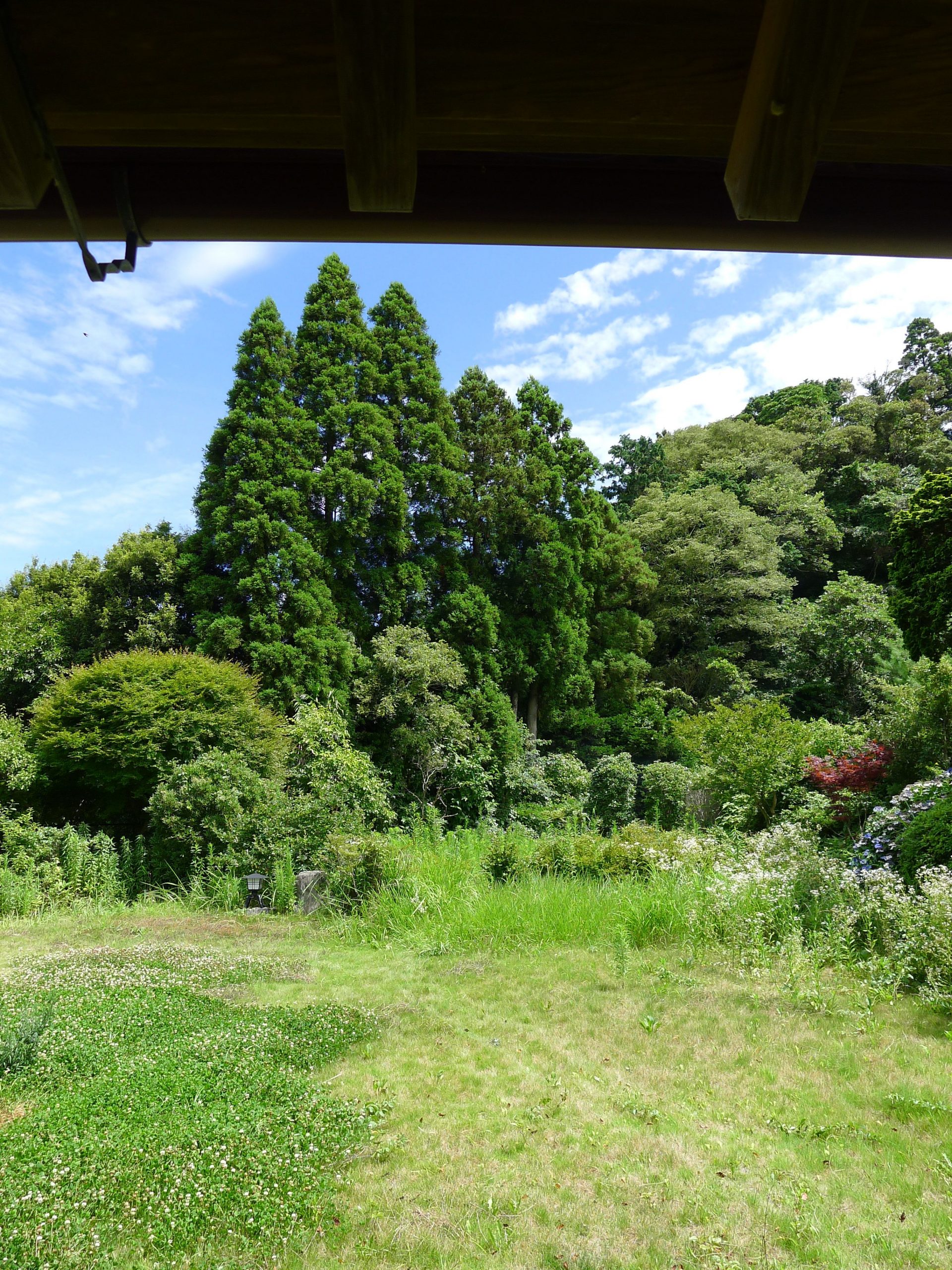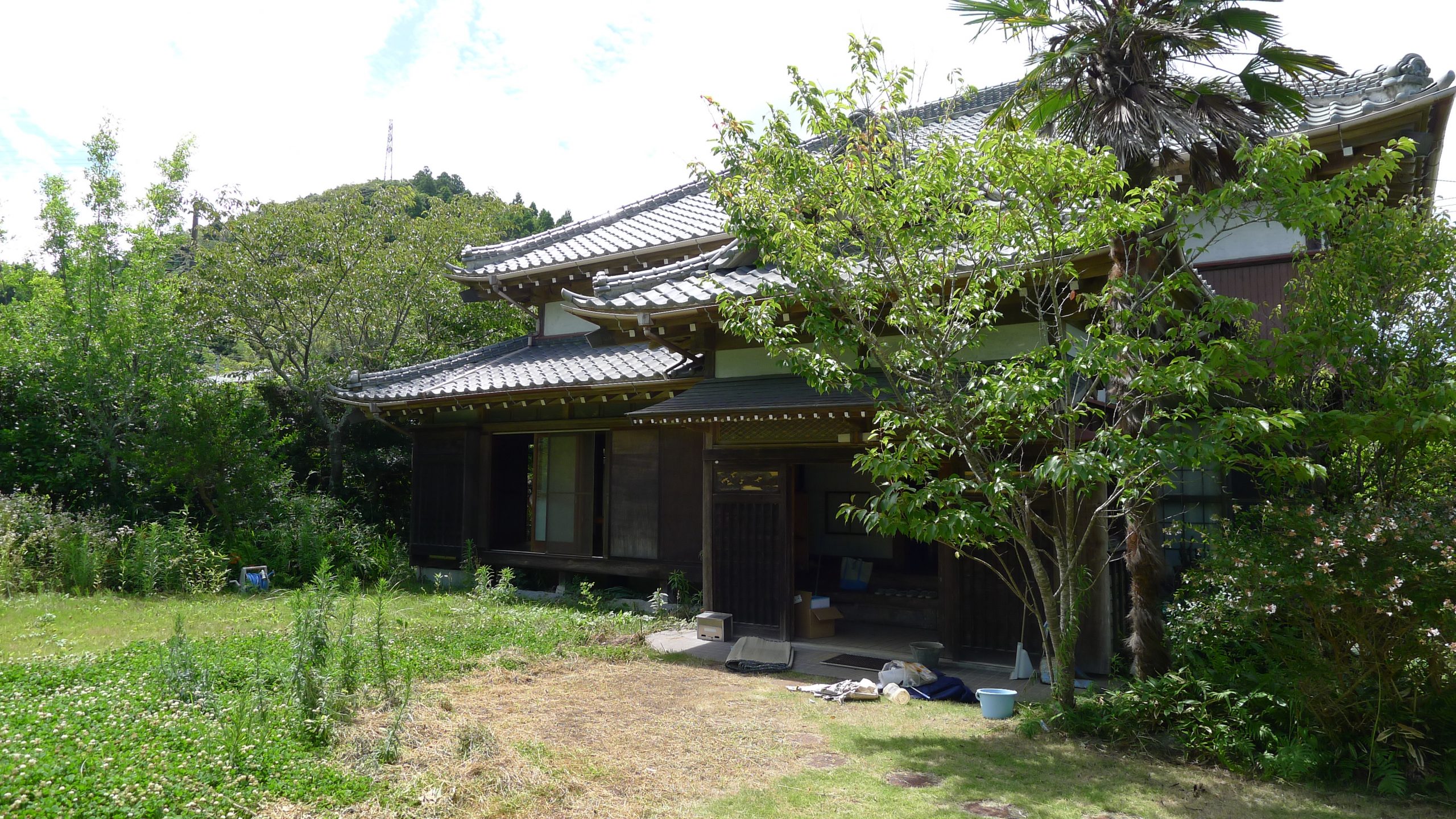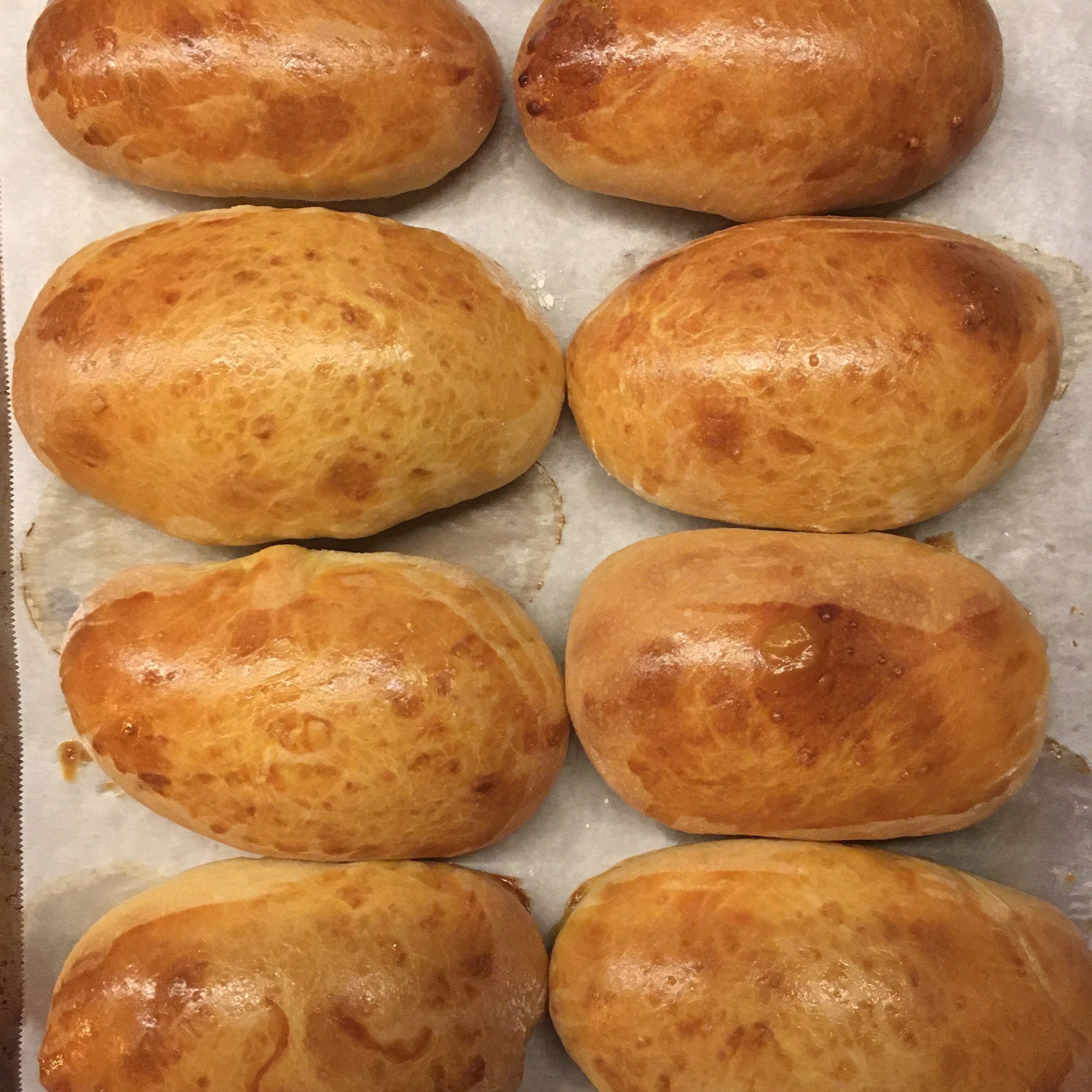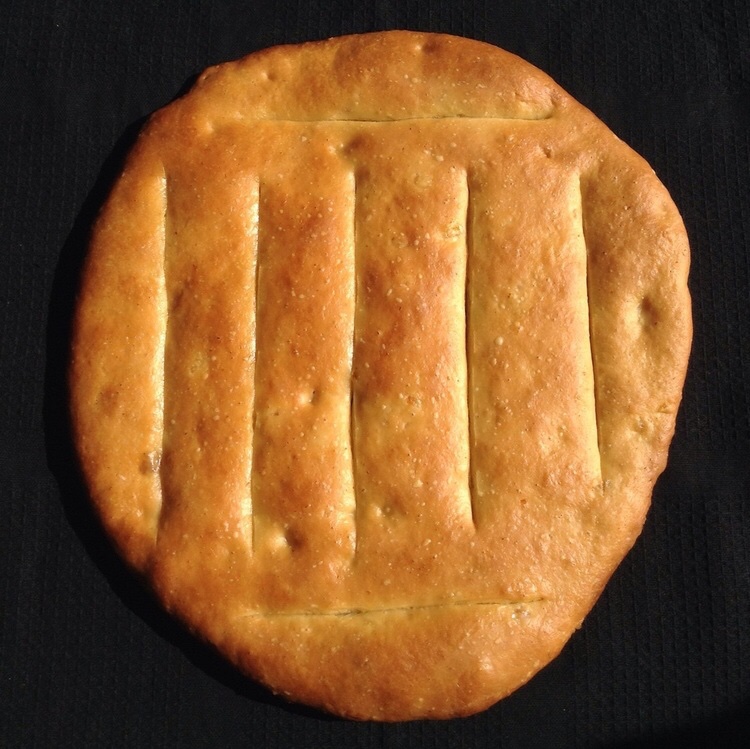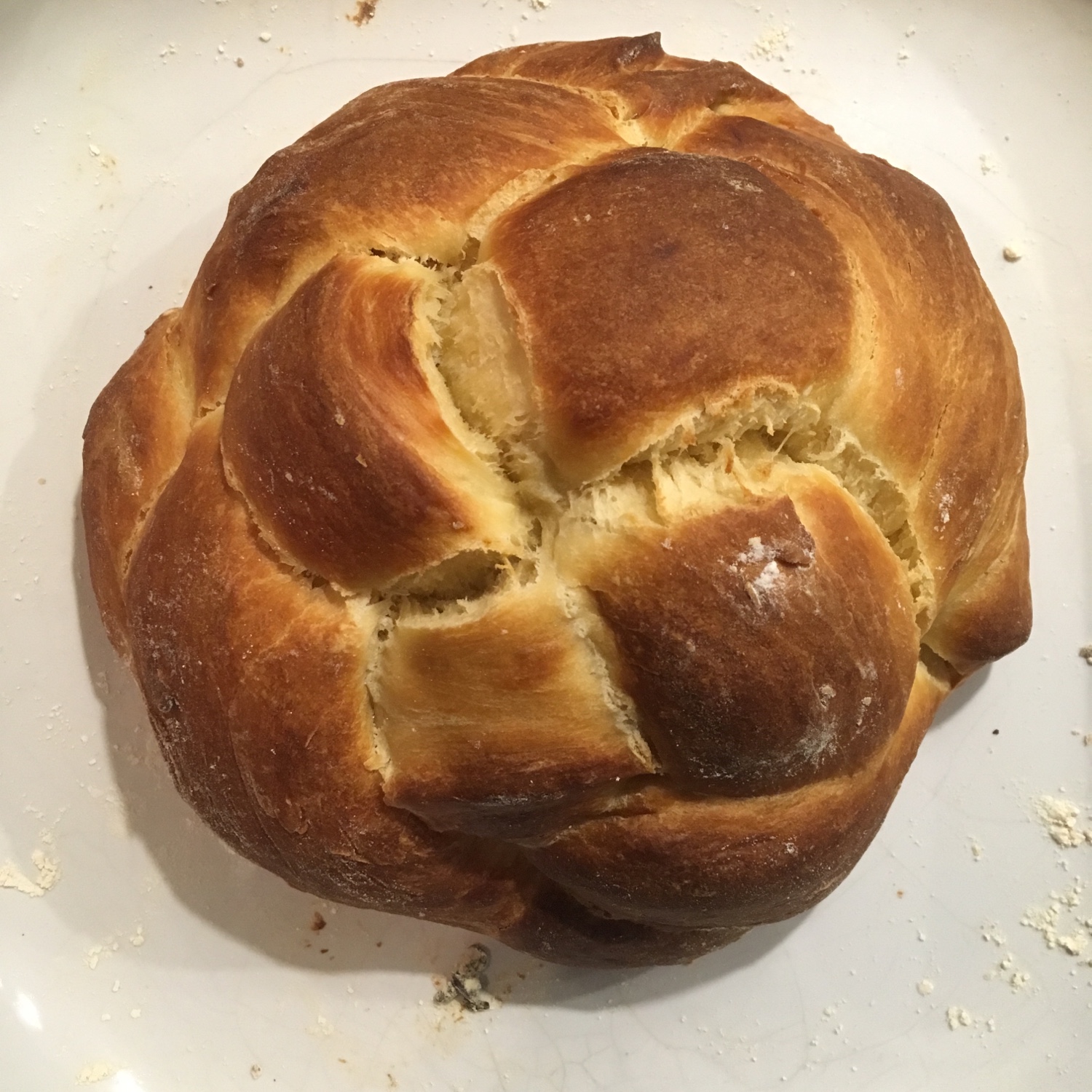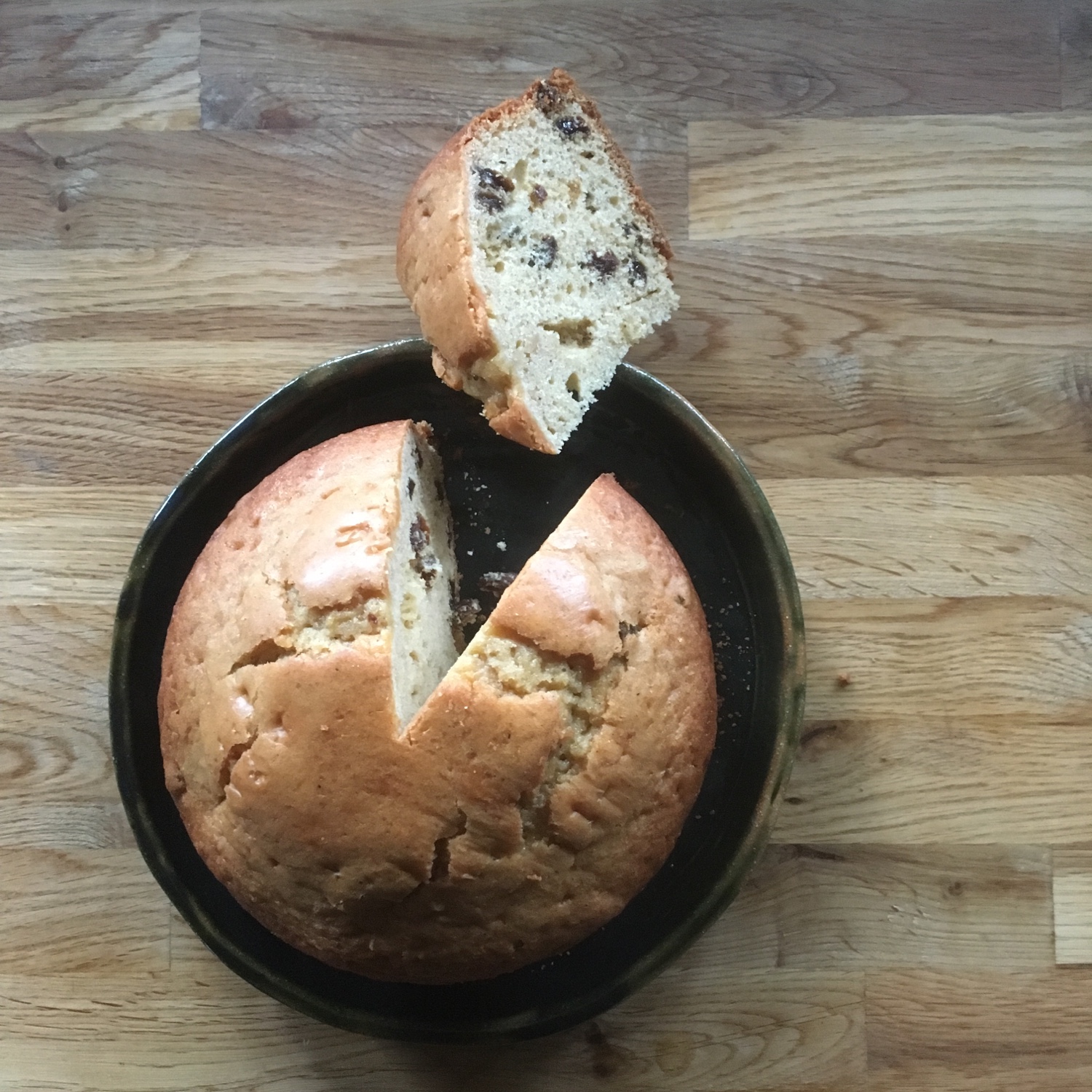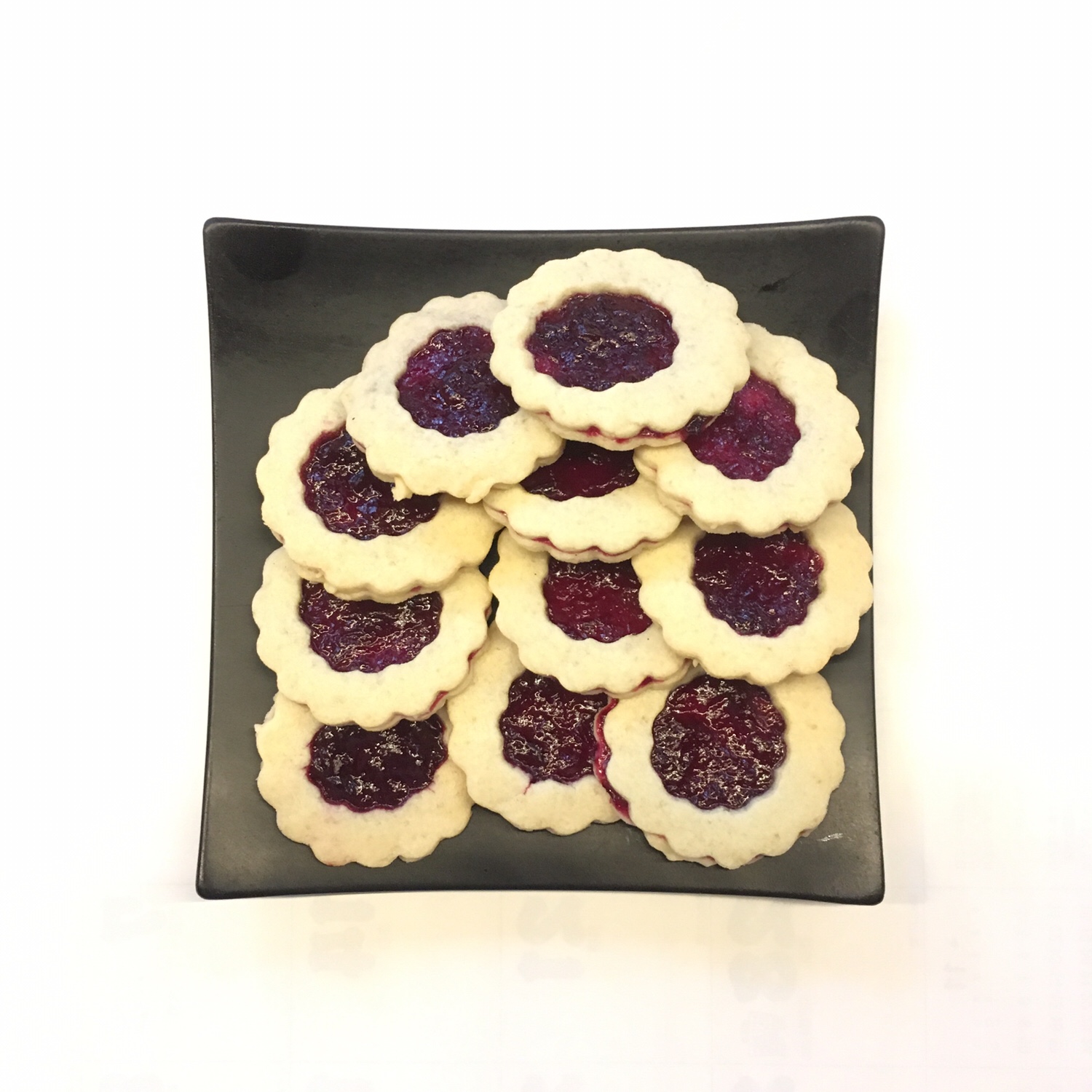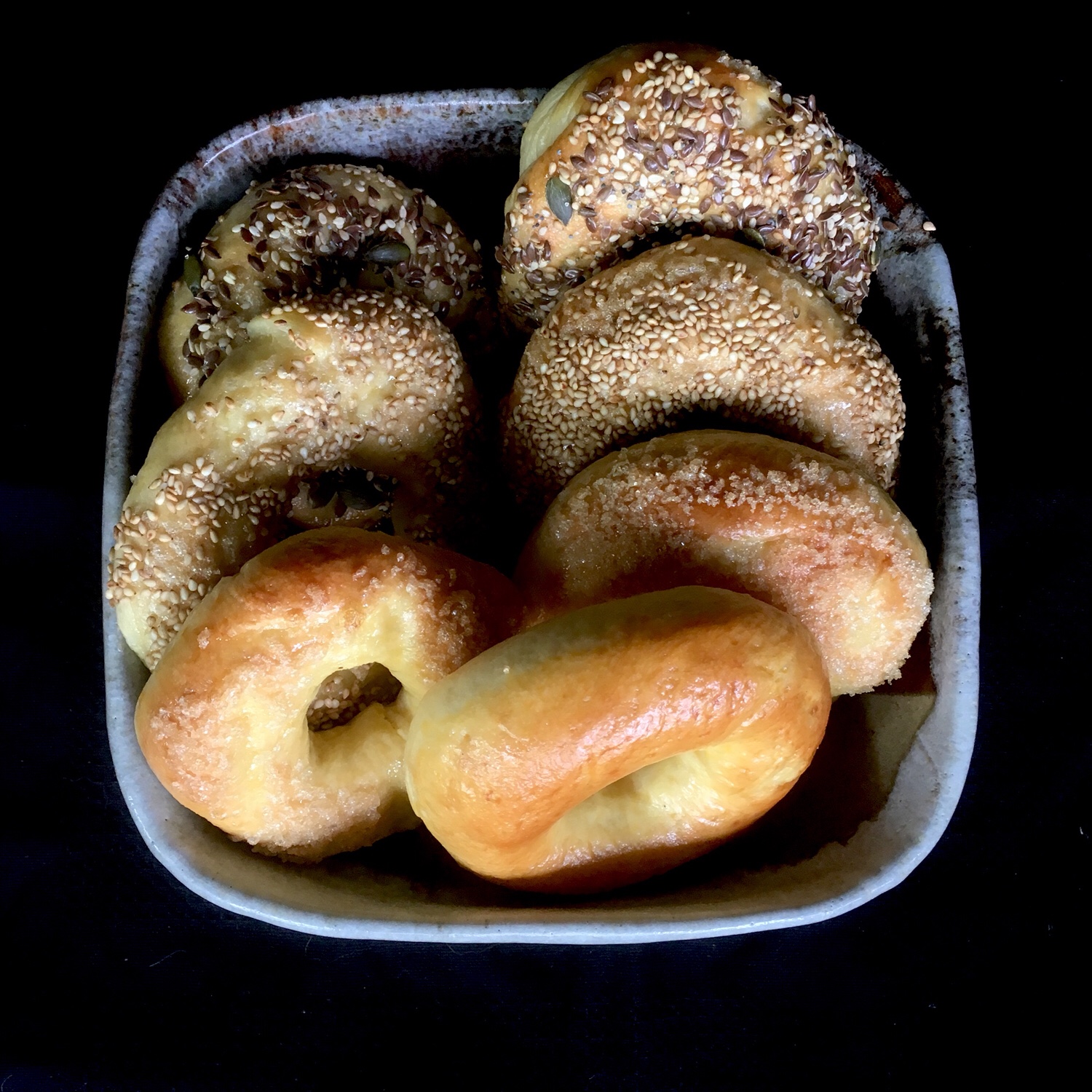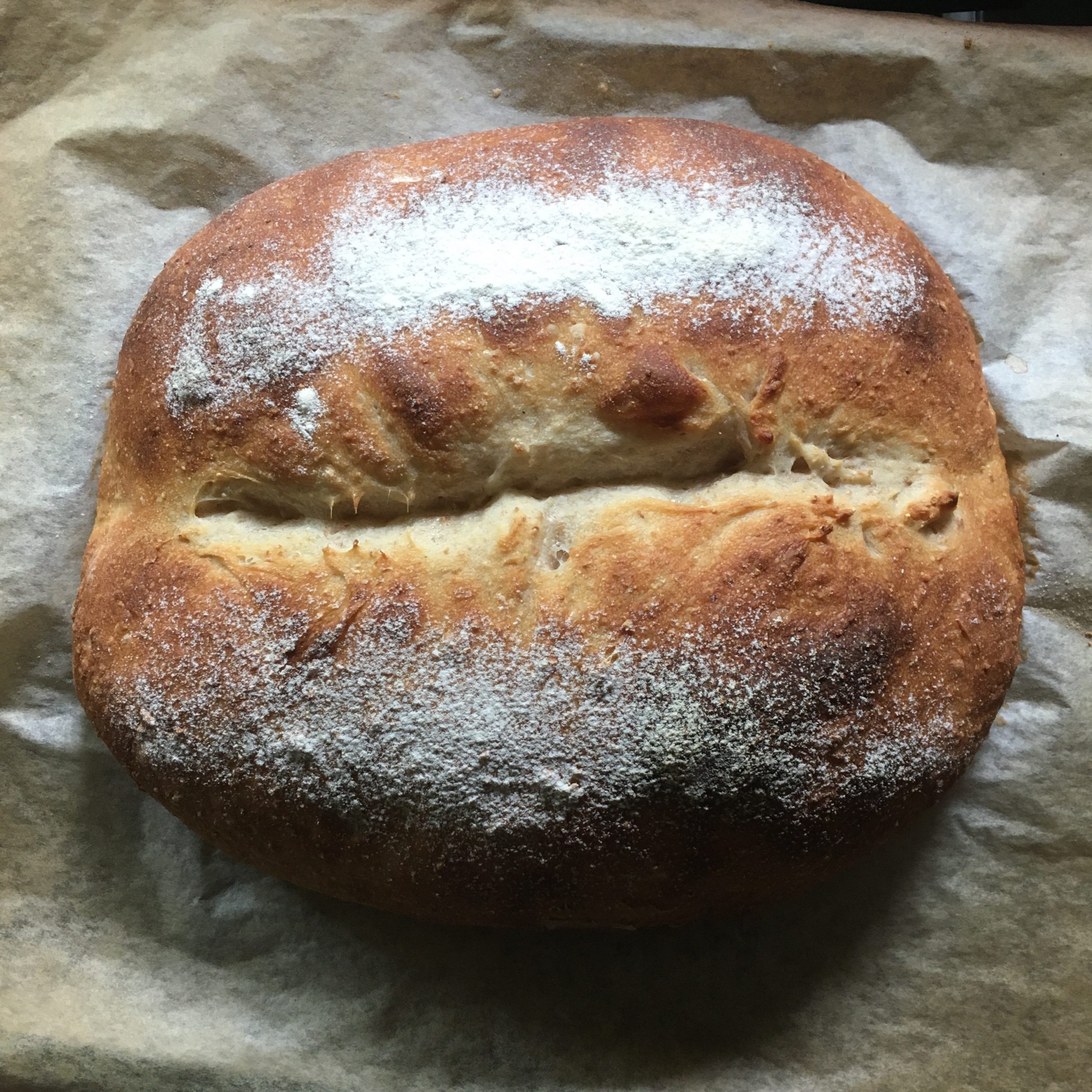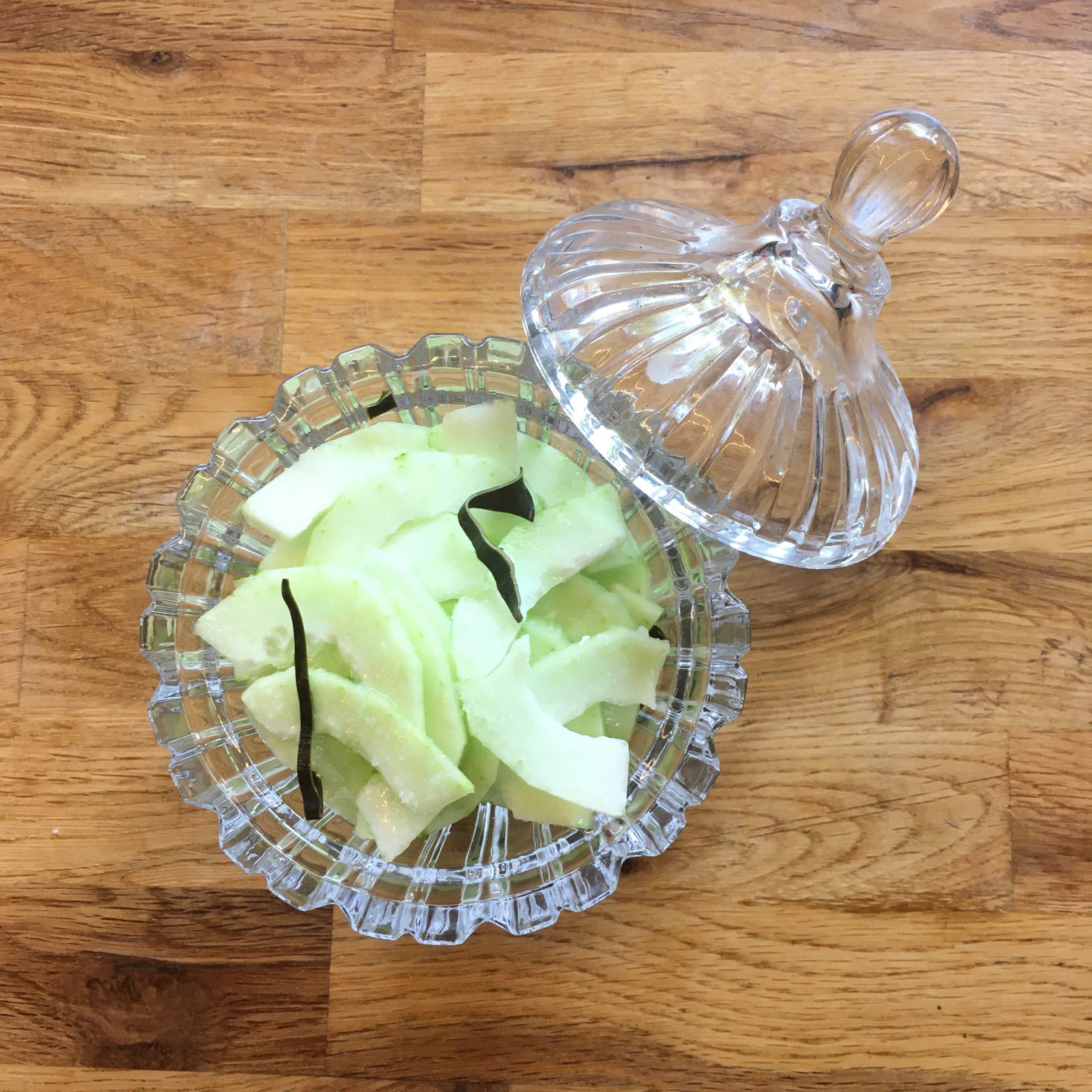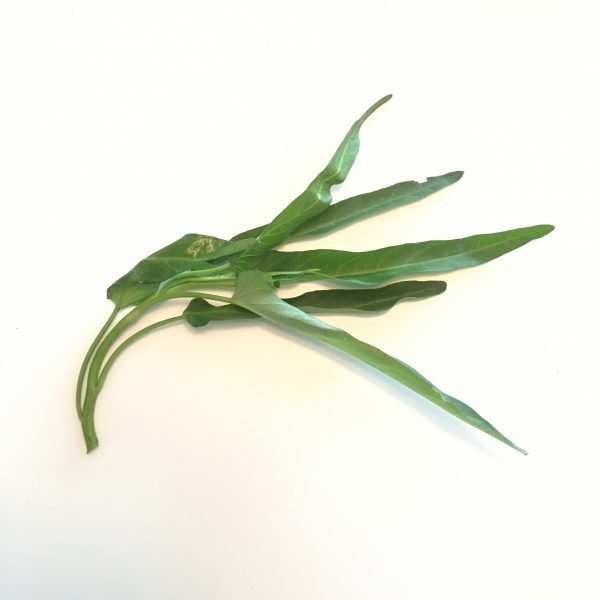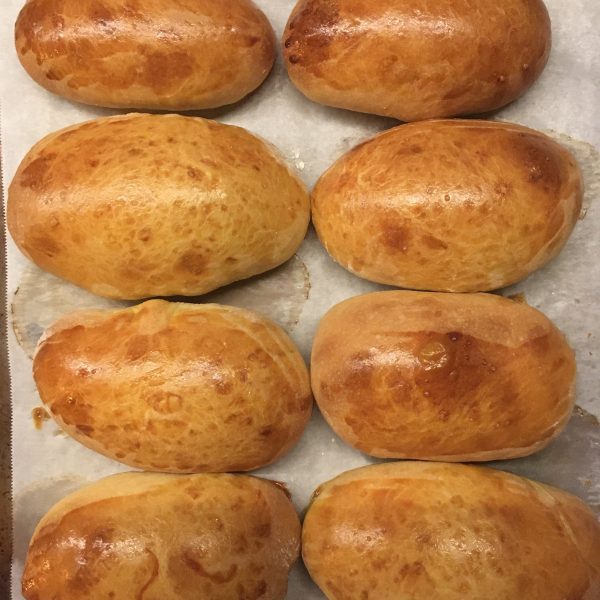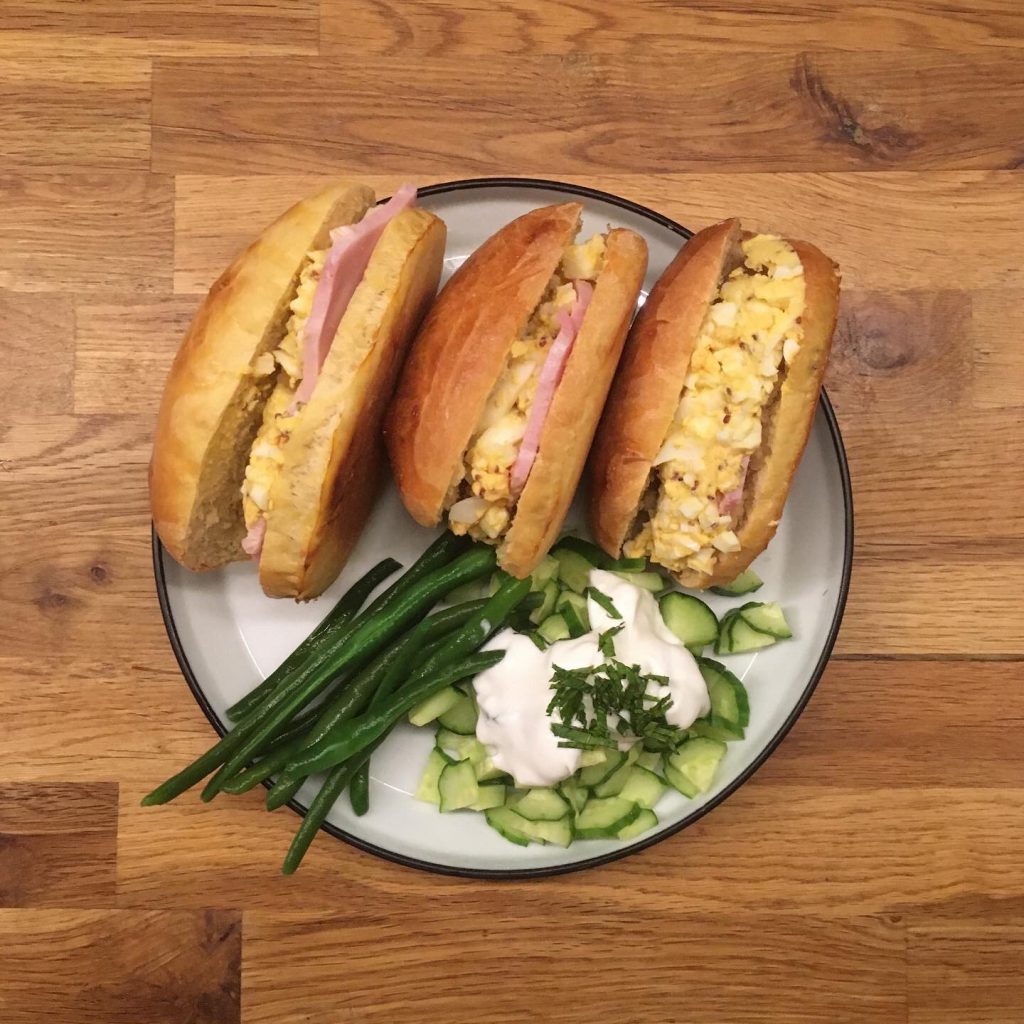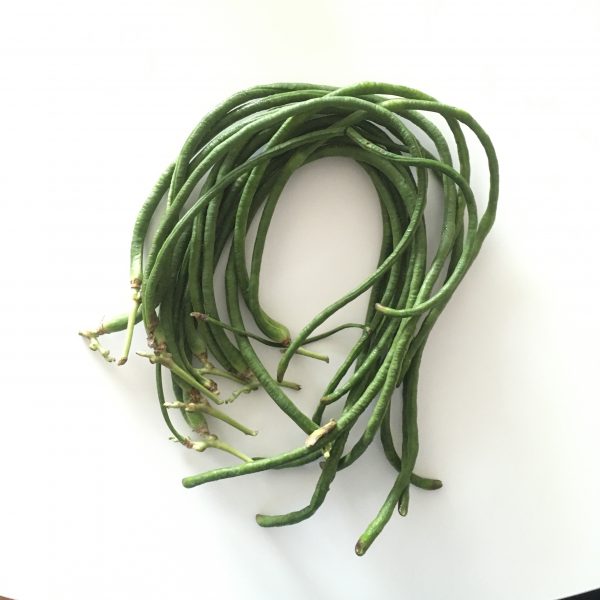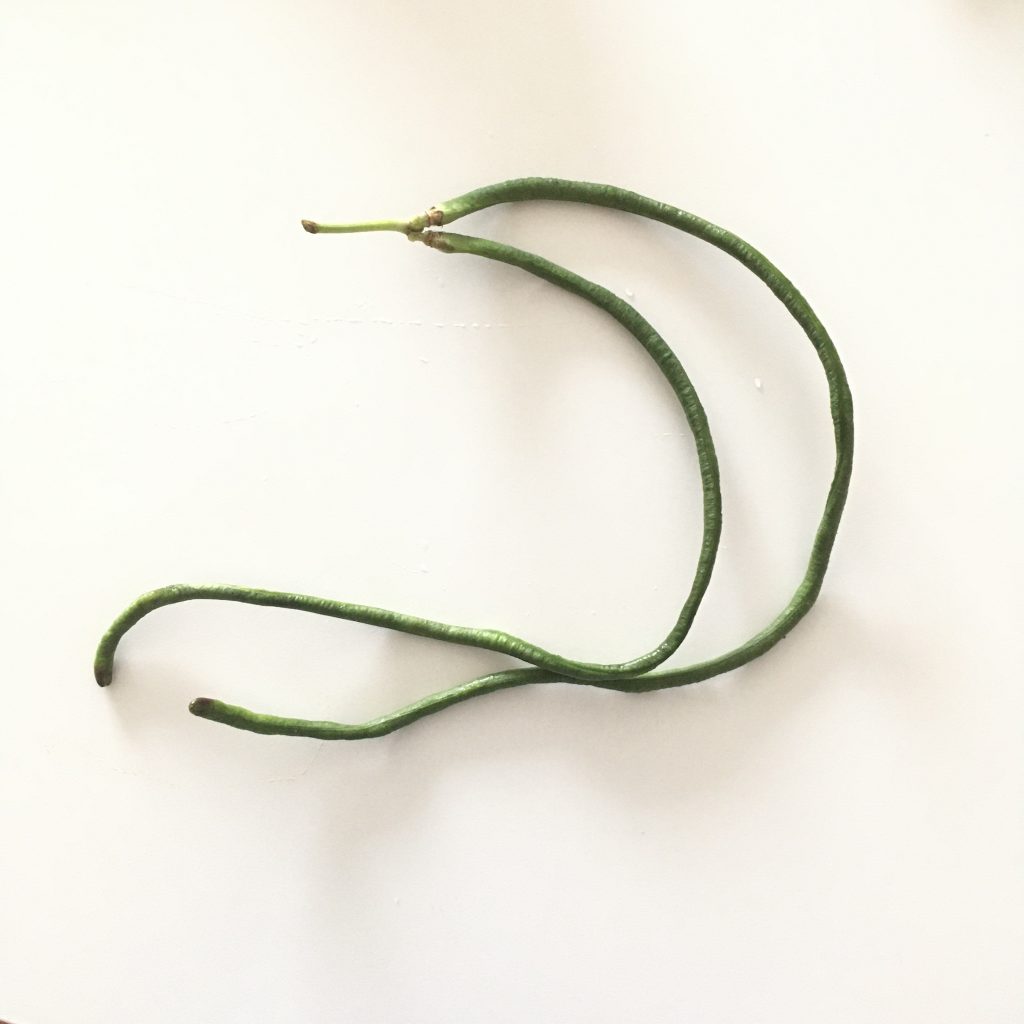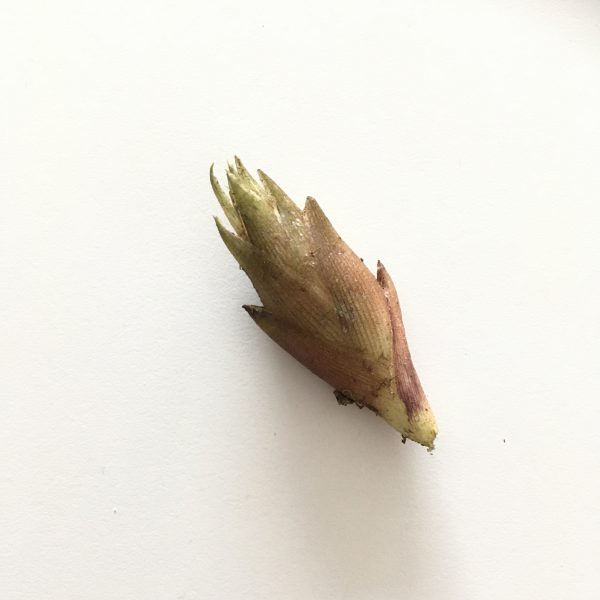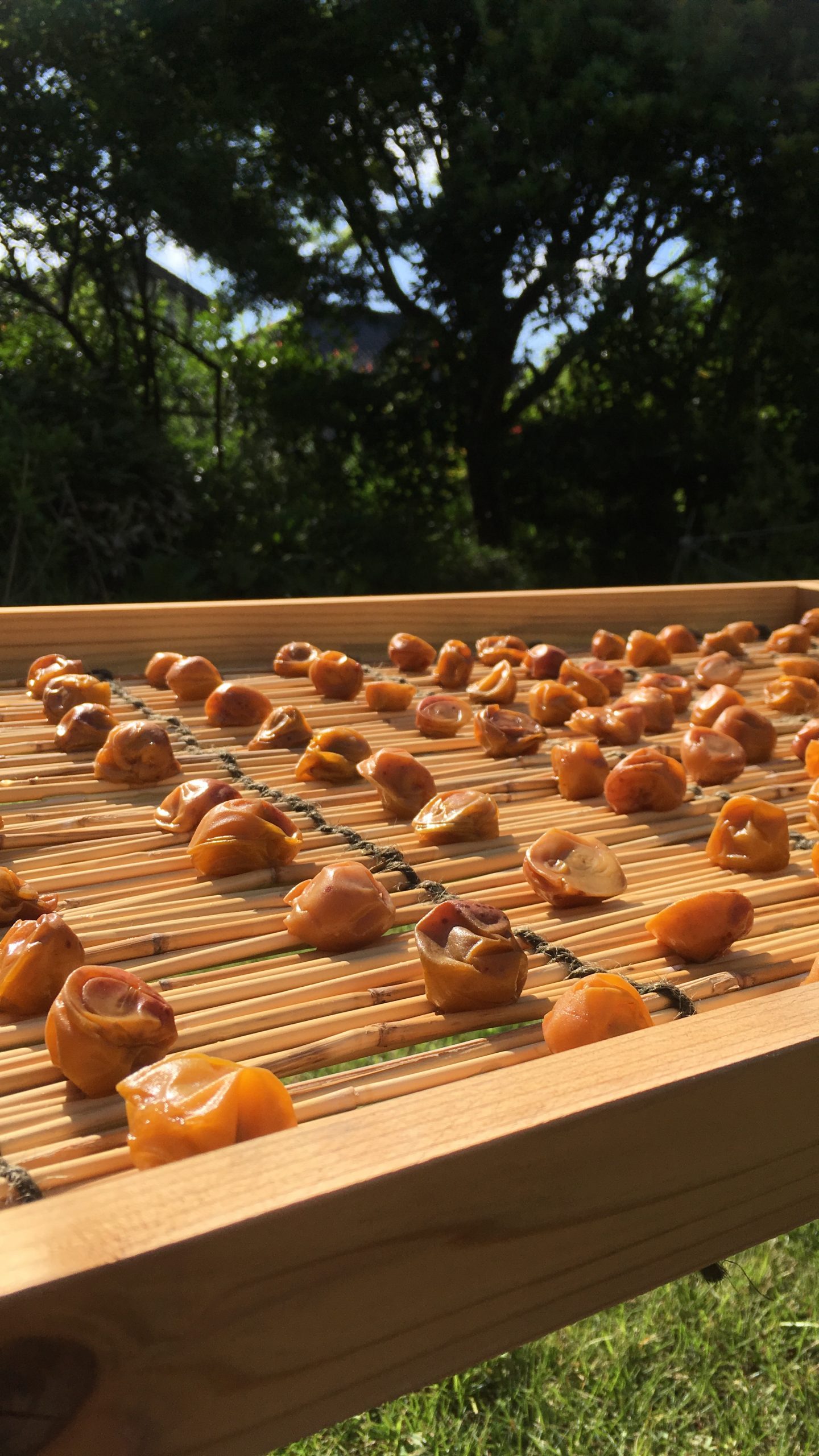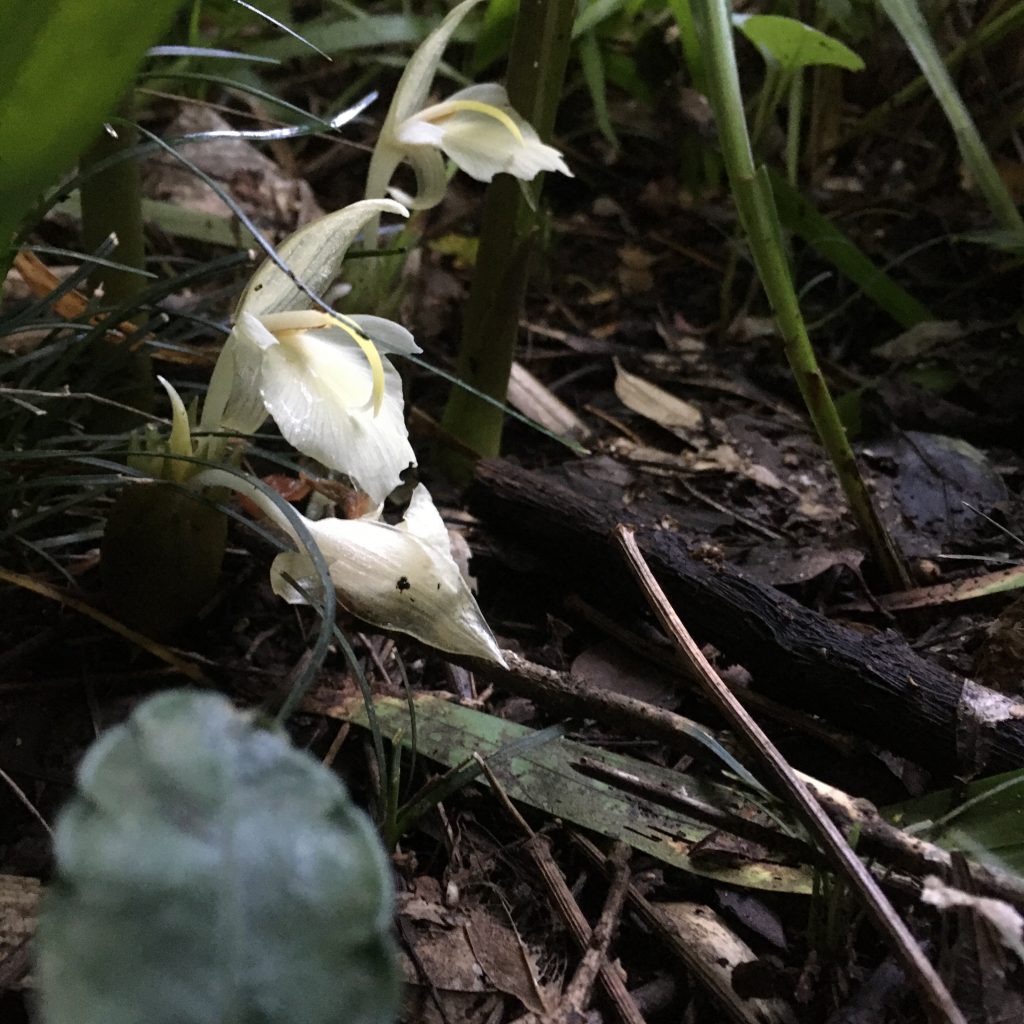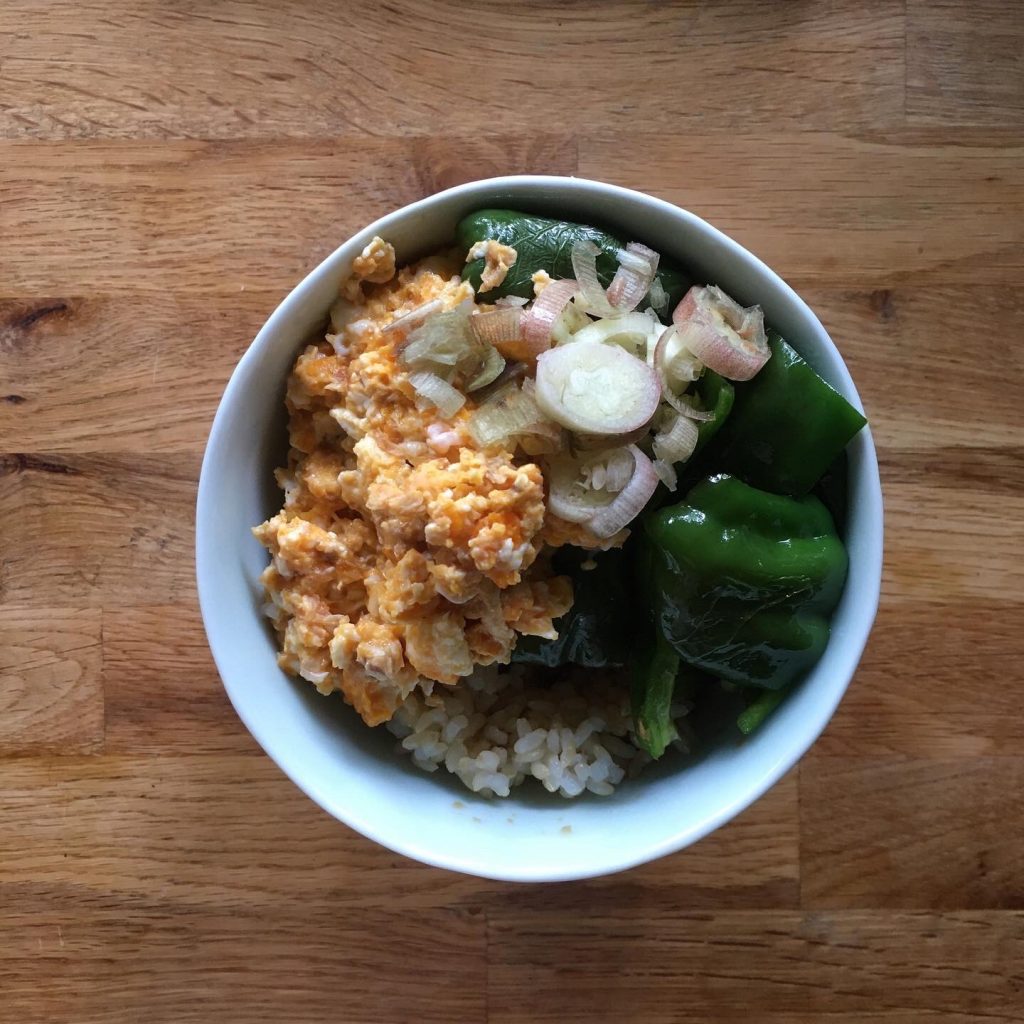While we are celebrating the 8th anniversary of the purchase of our country house, I thought it was time to reflect a bit on how this purchase has modified our lives, probably more deeply than we could have expected or maybe realized and in many ways how this house and its surroundings have changed my shopping and cooking habits, and play now a central role.
Here’s the quick story on how we bought a house in Isumi. After a few years living in Tokyo, we realized that with earthquakes, and the real estate in the city it wouldn’t be reasonable to buy a house there… yet… owning a Japanese style house was something we fancied, and we spent hours day dreaming on the catalogue of country houses and properties of furusato.com, a website that sells all kind of properties in remote Japan. The seed was there. Our friends’ house and their life style in Tsunan probably helped a lot in making the idea grow, and one day, out of the blue in June 2012 we went to visit one house in Yokosuka… ocean view, pool, but not quite it… the next Friday, A. sends me a link, I call the real estate agent. Appointment to visit the next morning. It rains as usual in June, the hydrangeas are blooming, the garden is a mess of lush greens, the house needs serious refurbishing and reform but no serious work. This is it! For the sake of pleasing the agent and being sure of our choice we go to visit another one, but our minds are all set. This is the one! And in a snap the deal is done.
We often work like this. We mature something for a loooong time, but when we’re set we’re set, and never regret. It took us 3 years to decide to buy our first car, 1 test drive to settle, it took 7 years to decide to buy a country house in Japan, 5min to settle.
So now that’s when things get even better than we could have ever imagined… Every year has its reforming and embellishments. Of course we were not totally stupid on our choice. We decided to pick a house in a not too touristic place (avoiding the big weekend crowds of Hakone, Karuizawa, Hayama…), quite rural, and nearby the ocean. And 100km away from Tokyo, so that the driving wouldn’t get too long. While our plan was to go every once in a while, we quickly got addicted to being there, the space, the light, the green, the quietness. Keeping yourself busy with something in the garden or in the house is something that is priceless. Being outside, in the open air, surrounded by greens or the ocean made me stronger, and more confident. It also has given me a lot of time to think, while the hands are at work trimming and pruning, about the career moves I wanted to do or not do, to understand where and when I was in perfect equilibrium. It also constantly makes me question what I do and why. This country house and the life we live there show me the absurdity of our societies and help me understand its profound problems. Of course it doesn’t give any answer, there is no magic here… just learning to observe more, be more patient in the kitchen garden, manage frustration when a parasite destroy your crop…
All these changes happened slowly, when we discovered little by little the communities living there, the amazing resources, the many enthusiastic and passionate people we meet. We learn about Japanese wood craft, we learn earthware craft, we learn about farming. We now live on food that is produced right there (some people challenge themselves to live on food that comes from less than 100miles, we could say that most of ours comes from less than 10miles, and we don’t even need preserves as each season has its harvest!!!). Isumi is rich in all kind of food from vegetables to fruits, sea products and cattle farming. The dairy, the eggs, the seaweed, the fishes, the pork, the rice are incredible… there is a community of permaculture farmers and organic farmers… Living in Tokyo had given me such a limited choice of food and quality, even when I was shopping at local farmers near work, they didn’t have the choice we can have here. Living in Isumi, I discover new greens every season!!!
Having a lot of variety in food is nice, learning how to prepare it is just even better. Thanks to new friends and neighbors I have shared so much. My 89 year old neighbor teach me not only to sew, but also to garden and to cook or prepare local products such as umeboshi. Our other neighbors and friends too. We make umeshu together, miso, we exchange seeds…
Yet one thing was missing from the city: the good bread shops from Tokyo for our breakfast. And that’s when I took on baking bread. At first it was just a once in a while thing. It was tedious, not always very successful but I didn’t give up. I studied, and tried over and over. I enjoy the kneading, the shaping, the eating! I also teach friends about some local French breads making…
The other thing I learnt to deal with was the uncontrollable humidity/dryness and heat/cold in the house that prevent you from being able to keep any non Japanese staple longer than 6 months. Forget about having a bag of almonds or cookies in your pantry, they turn bad in no time. Who cares I’d say… I realized that making pancakes, crepes or scones takes only a few minutes and they are much more healthy and delicious!! Making cookies also is just that simple too!
So this little house with its green surroundings has been the source of a constant amazement and bliss, every single second I think about it, even when I am worried about it when a typhoon passes or the earth shakes, I feel it was a very good decision and we got lucky. Japan (but not only) countryside is full of surprises and being able to discover and experience it in deep is now an essential part of our lives.
Now why didn’t we make a bold move to the country is another question I’ll answer later…
